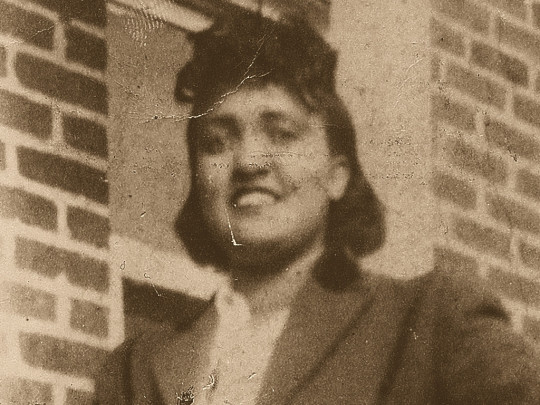#polio vaccine
A lot of the older adults in my life wore corrective leg braces when they were children, but I feel like I rarely if ever see them on kids nowadays. Are they as common as they used to be and I’m just not seeing them, or do they not get prescribed as much anymore?
They are no longer as common because the polio vaccine was invented.
And IMPLEMENTED ON A NATIONAL SCALE. That last part is the important one.

Though she died of cervical cancer in 1951, her cells were discovered to have unique properties. These immortal “HeLa” cells were instrumental in developing the polio vaccine as well as other key scientific landmarks including cloning, gene mapping, and in vitro fertilization. Yet, her story has raised controversial questions about the ethics surrounding privacy & patient consent. Who was this unrecognized woman?
Born 1920 in Roanoke, Virginia, Lacks grew up with humble beginnings. When Lacks’ mother died, her father moved the family to Clover, Virginia, where she stayed with her grandfather in a log cabin. That cabin was once the slave quarters on a plantation owned by her white great-grandfather. Living there, she worked as a tobacco farmer while meeting her cousin and future husband, David Lacks. Over the course of their marriage, they would have five children together and eventually move to the Baltimore, Maryland area.
Months after having their last child, Joseph, Lacks was diagnosed with cervical cancer at Johns Hopkins hospital in early 1951. It was the only hospital in the area that treated black patients at the time. While receiving cancer treatment, doctors removed two samples of tissue from her cervix without Lacks’ knowledge or permission, and sent them to Dr. George Otto Gey. He was a researcher (among many others) who had been attempting to grow tissues in cultures for decades with no success.
But, Lacks’ cells were special and demonstrated very unique properties; they could survive much longer and were more durable than average cells, which only lasted days in comparison. Her cells were the first “immortal” human cells ever grown in culture. While Henrietta Lacks died at the age of 31 on October 4th, 1951, a part of her would continue to live on through science. Gey was able to isolate and reproduce Lacks’ cells, creating the “HeLa” immortal cell line. This detail was important because those same cells were used to conduct many experiments, key to the medical research process.
HeLa cells have been used across the world in many scientific breakthroughs related to cancer, AIDS, radiation, and gene-mapping research, among as others. The most notable “other” was Jonas Salk developing the famous polio vaccine in 1954 using a strain of the HeLa line. Over 10,000 patents were registered involving Lacks’ cells, and launched a multi-billion dollar industry.
Questions of consent and privacy were voiced by the Lacks family, as Henrietta nor her family gave permission for her tissues to be collected and used for medical research and commercial applications. What makes things more complicated is that at the time of collection, this practice was common and consent was not required or sought. In 2013, the genome of the HeLa cell line was released; this concerned the Lacks family, as it was their private genetic information being shared with the public. But, the family and National Institutes of Health came to an agreement which allowed some control over access to their DNA sequence.
Oprah Winfrey, partnering with HBO Films, is set to release a movie chronicling Henrietta’s story on April 22nd, 2017. The Radiolab Podcast aired a segment chronicling her journey as well.
Photo Source: Wikipedia Commons
Source:Wikipedia
Source:Smithsonian Mag
Source:Biography.com
Source:Radiolab.org
